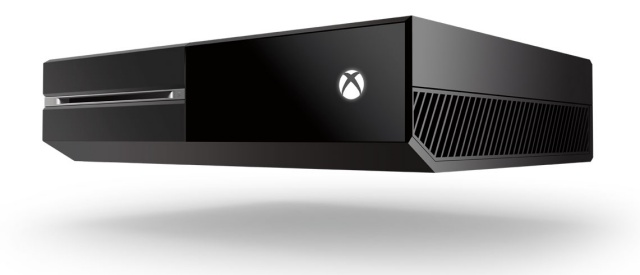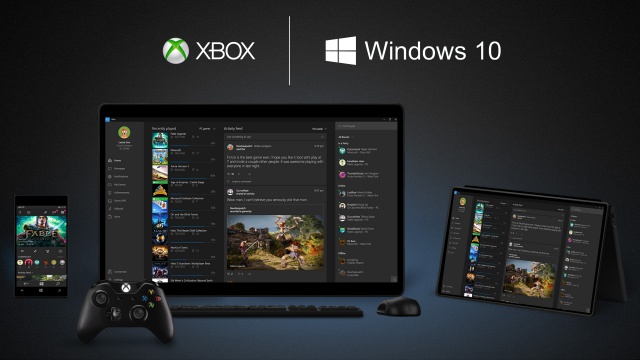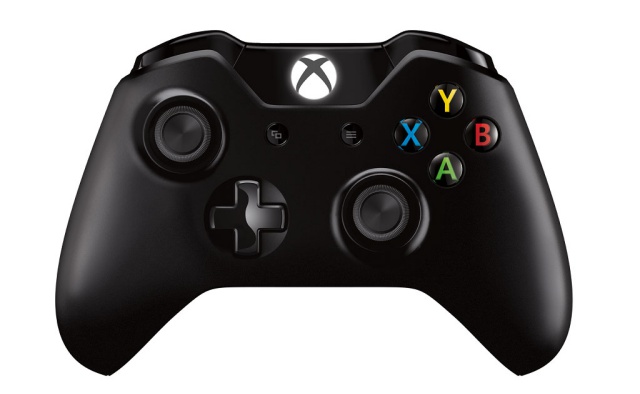Xbox One revisited
By Ryan Noik 12 February 2015 | Categories: feature articlesIn light of Microsoft’s recent announcements, it seemed a good time to take a fresh look at the company’s monolithic console, the Xbox One.
Given that the company’s plans for dominating one’s living room and entertainment needs have of late become unabashed, it’s perhaps even more fitting now that the Xbox One’s monolithic appearance is so prominent. While its competitor, the PS4 seems to pride itself on being inconspicuous, the Xbox One has no such qualms about announcing its arrival in your living room.
Appearance is not the only area where the two consoles path diverge. Yes, they both play games, and increasingly more so, the exclusive games on each are a major drawcard to gift oneself with a shiny new console.However, it is what is under the hood that really spells out the Xbox One’s designs on entertainment, and at least how Microsoft appears to be envisioning the future of the living room.

Past and future
For starters, the Xbox One’s interface reminds that Windows’ past roots of being confined to the desktop are long gone, as the Xbox One offers a very familiar and similar experience to using the tiles and metro interface introduced in Windows 8.
Kinect, of course is still a feature, even though now you can buy the console without it if you choose. Even as voice navigation tend to be hit and miss, and still rather awkward to essentially issue commands to a machine, it’s nonetheless a clear indication that the company is still pursuing some Minority Report-like ambitions for interfacing with one’s entertainment hub using voice and gestures. Is voice the killer alternative to using a remote control or controller? No, at least not yet.
However, Kinect is take it or leave it at this point, but the capability is there nonetheless. One can’t help getting the feeling that voice and gesture control is, much like tablets in early 2000, a solution whose time is yet to come.
Potential and promise
Moving on though, once you add in the fact that you can connect your satellite box to the console, it quickly becomes apparent that the Xbox One is destined to be much more than a one-trick (games) pony.
What the console is at the moment is not the most exciting part of it though, nor does it offer up the single most compelling reason to jump into the Xbox One ecosystem. Rather, that honour belongs to what potentials it could well deliver in the near future. Just one such example is the recent announcement that users will be able to stream content from their Xbox One to their Windows tablet, turning the latter into a mobile gaming device, as well as interacting with their Xbox community from their tablet as well.

Appy days
In the meantime though, the Xbox One reminds quite a bit of mobile devices, in the sense that selecting from an array of apps and installing these on the device further customise it and make it much more personalised than it is out of the box. For example, stocking it up with the likes of YouTube, the GoPro channel, Xbox Music and Xbox Video, Skype and Vine and you can quite easily lose hours in entertainment and communicating with friends and family without ever inserting a game.
Or, if you intend to break into broadcasting, downloading and installing the Twitch and Upload apps are equally as viable. Alternatively for storing and viewing photos and videos from your own personal cloud, OneDrive is another app that extends the Xbox One beyond its gaming pedigree.
The third leg
The Xbox One itself and Kinect are only two parts of a trio though. For those who do intend to play games on the console (and really, given the titles already available and coming down the pike, you should), the controller is almost as important in its own right.
In that regard, revisiting it while reviewing the excellent Sunset Overdrive reminded that it’s leaps and bounds ahead of the Xbox 360’s clunkier offering, and we found its considerably more ergonomic design a great deal more comfortable when playing for long stretches. Special mention must go to the slightly grooved, concave analog sticks, which welcomed our thumbs like the sea welcomes a sailor.

Drive me crazy
If there was one concern, an oddity we wish Microsoft had addressed, is the console’s fixed internal 500 GB hard drive. While the PS4 allows you to upgrade this by swapping in a large 2.5” hard drive, you get no such flexibility with the Xbox One. This is a strange oversight, especially as the Xbox One is intended to become the entertainment hub of one’s lounge, and movies, games and music can very quickly fill up the hard drive. That being said, at least you can plug in an external hard drive (USB 3.0 and larger than 256 GB for storing games), and expand its storage that way. Nonetheless, it would have been a thoughtful touch if the console at least was shipped with a 1 or 2 TB internal hard drive if it was never intended to be tinkered with.
This gripe aside, the Xbox One has been on the market for a fair while now, and in our time with it, it made a welcome addition to our living room. It certainly passed that litmus test for all devices that land on the desk for the review – when the review period was up, I was sad to see it depart. In a nutshell, the One’s high definition games are stunning, its user interface is polished and accessible in the way that we hoped Windows 8 would be, and its controller is a pleasure to use.
The bottom line
As more titles come down the pike, Windows 10 comes to the fore during the course of this year, and as mobile devices that ‘play nice’ with the Xbox One similarly emerge, it appears that the Xbox One’s place in a user’s entertainment lifestyle will only expand in value.
Just because the console is a few months old, doesn’t mean it isn’t benefiting from new updates. Just a week ago a few new additions and enhancements were made. For example, the controller has received refinements to its stability and speed, and now controllers should connect in roughly half the time they did before.
Also newly improved are Game Hubs, with each game in your library receiving its own game hub. In them, gamers will be able to connect with others in their community, as well as view game leaderboards and the top user created clips.
Now, all it needs to really win more people over is another price cut or two or three, as happened in the US in the past few months; at R6 500 it’s still a pricey purchase, even as you do get a lot of bang for your buck.
Most Read Articles

Have Your Say
What new tech or developments are you most anticipating this year?



